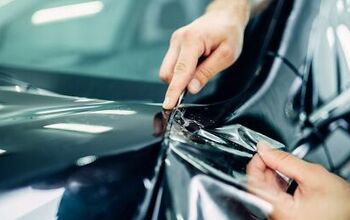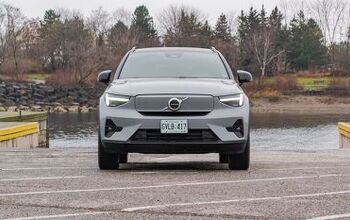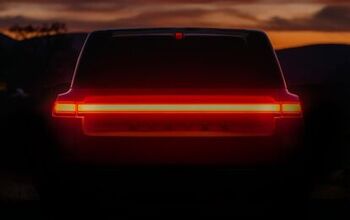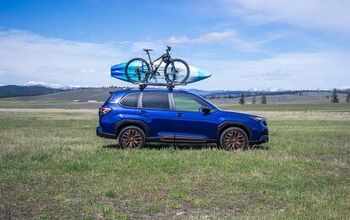How to Check Brake Pads: Here's What You Need to Know
Brake pads are one of the most overlooked, but vital, parts of our vehicles’ health. Every time you use your car’s brakes, it slightly wears away the brake pad friction material. Over thousands upon thousands of stops, that wear adds up. Once the pads get to a certain thinness, it’s time to replace them. So how do you know when you’ve reached that point?
SEE ALSO: How Long Do Brake Pads Last?We’ve already covered how long brake pads should last, but here we’re going to go over a few quick ways you can check them yourself to determine whether or not it’s replacement time. Once again, we’ve partnered with the folks at NRS Brakes to get their expert advice on the subject.
Look at Your Brake Pads
Let’s start with the simplest, most obvious method: get up close and personal with your brakes.
With your car nice and dry, peek through the wheel spokes and look for the brake pads, which should be just about nuzzled up to your brake rotors. If any of your brake pads are less than a quarter-inch thick, you should consider booking your car in for a replacement ASAP. Also be sure to check your brake pads for excessive rust, which can cause separation of the friction material from the backing plate — causing all sorts of problems, such as noise, vibration and unsafe braking. (Alternatively, if you prefer the hands-on approach, or just want to learn more about your car, here’s how to replace the brake pads yourself.)
SEE ALSO: Brake Replacement: Here’s How To Change Your Brake PadsIf your car (or truck, or crossover) is on steelies, this might be a bit harder. In that case, wait for a dry day to get your vehicle up on a jack and remove the tires to check the pads. Keep in mind how many miles they’ve already been through, especially the front pads – they’re responsible for the majority of the braking work.
Listen to What Your Brakes Are Telling You
Beyond visually checking your brakes, there are a few telltale sounds to look out for too. If your brakes squeal or whine during braking, it could be a sign they’re due for replacement. That’s likely your brake pads’ wear indicator at work; typically, you’ll find a metallic shim or wear indicator below the main brake pad friction material. When the pads are sufficiently worn down, this noise is meant to indicate they need to be changed.
Note that brakes will also occasionally make these same noises when they’re wet, so you’ll want to double-check before rushing your car to the mechanic. In that case, the noise is coming from a thin layer of dust that builds up in damp conditions and should fade away after a few stops. If it doesn’t, that’s when you’ll need to pay close attention.
There’s another, more serious noise your brakes can make: if you hear a low rumble or the sound of metal-on-metal grinding, get your vehicle to a shop right away. This could be a sign that your calipers are making constant contact with your brakes, which can lead to a very expensive set of repairs if left unattended.
Why Galvanized Brake Pads
If you want to make the process of checking your pads even easier, you’ll want to invest in a better, longer-lasting set. Galvanized brake pads like the ones made by NRS Brakes don’t use paint on their backing plates; instead, they use a special rust-resistant zinc coating. This extends your brake pads’ functional life, especially in combination with NRS Brakes’ patented SHARK-Metal Technology.
That’s because SHARK-Metal uses a series of small metallic grooves to mount the friction material to the backing plate, as opposed to adhesive, like other pads on the market. Traditional, painted brake pads are prone to corrosion, which can lead to chunks of the friction pad material crumbling off –or worse, the entirety of the material itself. NRS’ patented tech allows the material to be mechanically bonded to the plate, keeping brake pad material separation at bay. As a result, galvanization not only helps avoid the drawbacks of cheaper, painted options, but also makes for longer-lasting, quieter-operating brake pads – it can even shorten braking distances.
No matter what type of brake pads you choose, plan to keep a close eye on their wear and rust – so they can continue keeping you and your vehicle safe.
For more on NRS Brakes and its galvanized brake pads, click here.
More by AutoGuide.com Staff

































Comments
Join the conversation